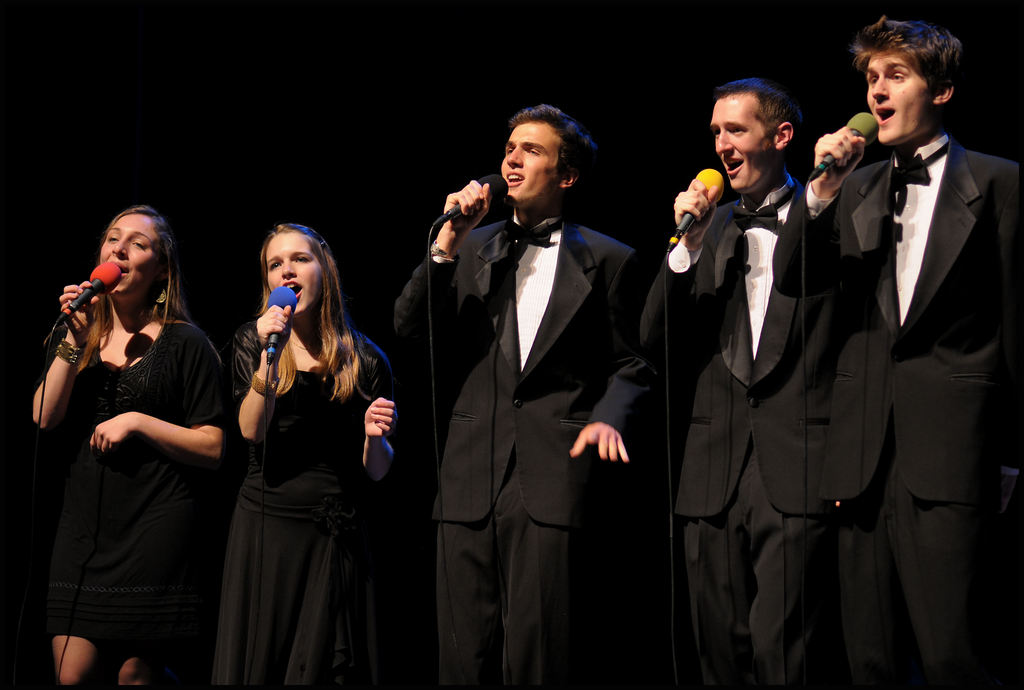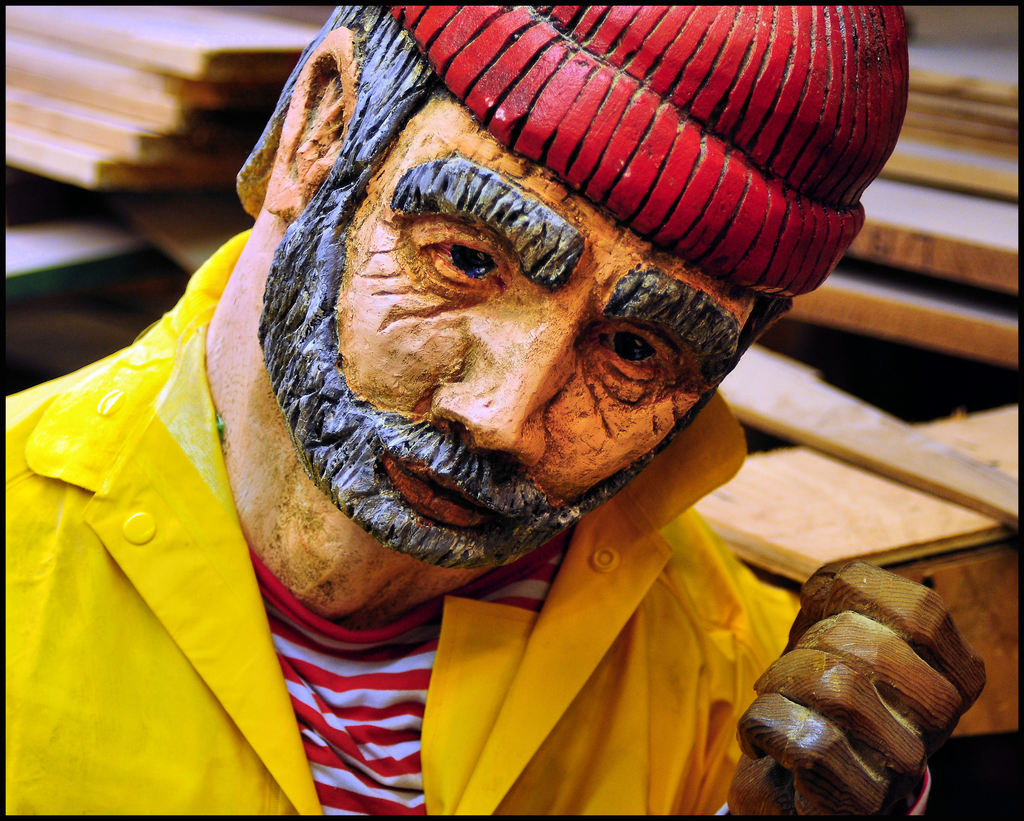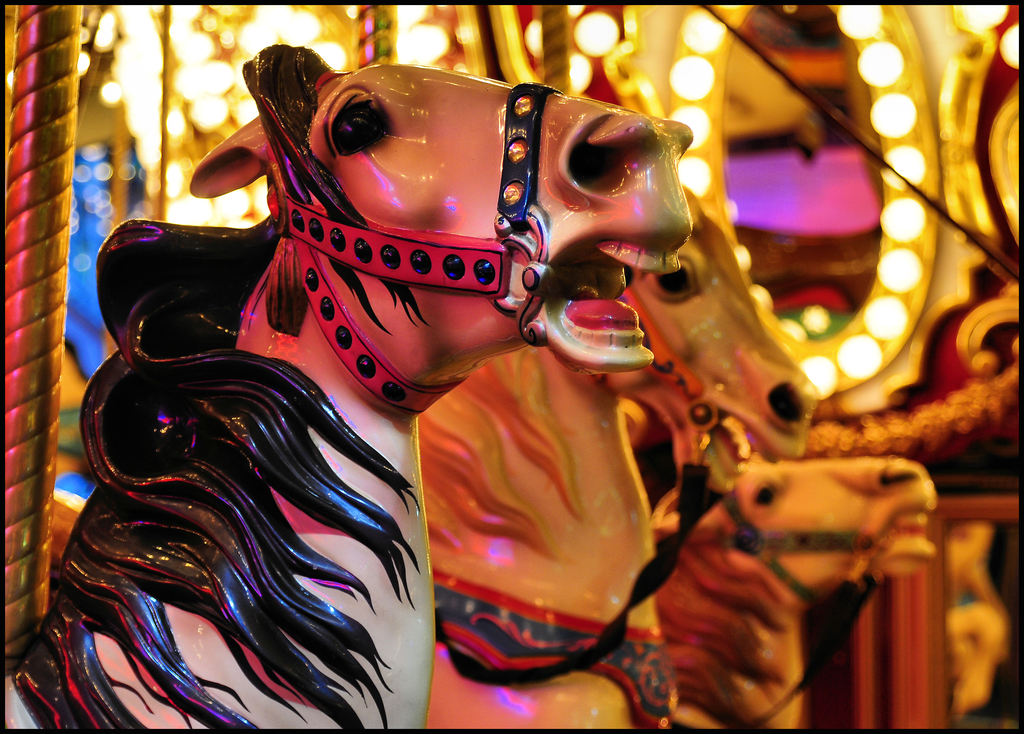| View previous topic :: View next topic |
| Author |
Message |
glenurse666
Joined: 29 Feb 2012
Posts: 4
|
 Posted: Sat Mar 03, 2012 10:30 pm Post subject: Nikon series E 36-72mm Posted: Sat Mar 03, 2012 10:30 pm Post subject: Nikon series E 36-72mm |
 |
|
glenurse666 wrote:
Hi there a few days ago I told everyone how much I love my series E 75-150
I own a canon 60d which is a crop sensor camera so as much as I love that lens it's not exactly practical a lot of the time
I have been reading about the Nikon 36-72 which seems to available at a price I can afford .
Does anyone have this lens ? , are you happy with it ?
I primarily take pictures of bands on sometimes dimly lit stages so having something that doesn't autofocus is a challenge so until I can afford the Tamron 17-50 I'm eyeing would you say this is good lens for the job ?
Does anyone have any other suggestions of an available cheap, fast ,good standard zoom
Thanks |
|
| Back to top |
|
 |
scsambrook


Joined: 29 Mar 2009
Posts: 2167
Location: Glasgow Scotland
Expire: 2011-11-18
|
 Posted: Tue Mar 06, 2012 10:49 pm Post subject: Posted: Tue Mar 06, 2012 10:49 pm Post subject: |
 |
|
scsambrook wrote:
I think the main thing to consider is that the 36-72 is a relatively slow lens and so perhaps not ideal for your proposed use. But otherwise, the Series E lenses seem under-rated and can be great value.
_________________
Stephen
Equipment: Pentax DSLR for casual shooting, Lumix G1 and Fuji XE-1 for playing with old lenses, and Leica M8 because I still like the optical rangefinder system. |
|
| Back to top |
|
 |
Arninetyes


Joined: 24 Jun 2010
Posts: 312
Location: SoCal
Expire: 2013-03-26
|
 Posted: Wed Mar 07, 2012 2:45 pm Post subject: Posted: Wed Mar 07, 2012 2:45 pm Post subject: |
 |
|
Arninetyes wrote:
The 36-72 is not a bad lens, but it falls short of the high mark set by the 75-150. On the good side, it is cheap and compact.
If you can spend a little more, try a Nikkor 35-70/3.5 Ais. Nice lens. I used one for years and was never disappointed. It even has a macro feature that isn't true macro, but lets you take reasonably close up shots. A wider angle Nikon lens in the same class is the Nikkor 28-50/3.5. The 28-50 is smaller and lighter than the 35-70, but has no macro function.
As scsambrook mentioned, Nikon's 36-72 is only an f/3.5, which is a bit slow for use in darkened concerts. The Tamron 17-50/2.8 is better, at 2/3 of a stop faster. Sadly, the best zoom you're likely to find will only be an f/2.8, most of which are quite expensive, and the vast majority are variable f/stop generally slower than f/3.5. Did you ever consider that perhaps a fast prime could work for you? A 50/1.8 or 35/2 can be had for a very low price--a Nikon E 50/1.8 often sells for less than $30, and it's a very good lens, about as sharp as the Nikkor 50/1.8, but not as well made and it's only single-coated, so it isn't as flare resistant.
Just a thought. |
|
| Back to top |
|
 |
james

Joined: 25 Sep 2009
Posts: 308
Expire: 2011-12-28
|
 Posted: Wed Mar 07, 2012 2:46 pm Post subject: Posted: Wed Mar 07, 2012 2:46 pm Post subject: |
 |
|
james wrote:
The 'E' series is quite a mixed bag, as you likely already know. With a few notable exceptions (75-150 which you already have, was an standout along with solid 100. The 28 & 35 are valued in partuicular for their UV transmittance) most of the rest are disappointing on digital, the glass being cloaked with limited coatings to save cost and the optics themselves long ago outclassed.
The 36-72 is unfortunately one of the latter. |
|
| Back to top |
|
 |
LGH
Joined: 31 Jan 2012
Posts: 46
|
 Posted: Wed Mar 07, 2012 3:27 pm Post subject: Posted: Wed Mar 07, 2012 3:27 pm Post subject: |
 |
|
LGH wrote:
A fast prime or two is probably the best if you're shooting live music on stage.
If you can get fairly close to the stage, a 50mm would probably do very well on an EOS. On my 7D I mainly use the 85mm f/1.8, 50mm f/1.4 and Sigma 30mm f/1.4 for shooting live music up close. There are all kinds of very affordable and good 50mm manual lenses that you could try, just peruse these forums and you will most likely find a ton of useful information.
_________________
Sony NEX-5N, Canon EOS 7D |
|
| Back to top |
|
 |
gaeger


Joined: 16 Jan 2010
Posts: 722
Location: Brier, Wash.
Expire: 2021-03-09
|
 Posted: Wed Mar 07, 2012 5:12 pm Post subject: Posted: Wed Mar 07, 2012 5:12 pm Post subject: |
 |
|
gaeger wrote:
I agree that a Nikon Series E 50mm f1.8 might be a better choice for stage work. I have also used a Nikon Series E 100mm f2.8 for that.

But don't count the 36-72mm out in low light. It can still be used to good effect.


_________________
"Here's to the wonder" -- Alan Boyle
Nikkor/Nikon 20, 24, 28, 35, 50, 55, 85, 105, 135, 180, 200, 300, 10-20, 18-35, 18-55, 28-50, 28-70, 24-85, 35-200, 50-300, 75-150, 80-200, 70-210, 70-300, 200-500
Minolta Rokkor 24, 28, 35, 45, 50, 58, 100, 135, 50-135, 300
My most interesting images | Full photostream
|
|
| Back to top |
|
 |
Arninetyes


Joined: 24 Jun 2010
Posts: 312
Location: SoCal
Expire: 2013-03-26
|
 Posted: Wed Mar 07, 2012 6:05 pm Post subject: Posted: Wed Mar 07, 2012 6:05 pm Post subject: |
 |
|
Arninetyes wrote:
| gaeger wrote: |
I agree that a Nikon Series E 50mm f1.8 might be a better choice for stage work. I have also used a Nikon Series E 100mm f2.8 for that.
But don't count the 36-72mm out in low light. It can still be used to good effect.
|
Oh, yeah. The E 100/2.8 is a great lens, smaller and lighter than my 105/2.5 and just as good, or close enough that there's no practical difference.
This brings up a second, very important issue concerning fast lenses vs. slow lenses in low light: seeing well enough through the viewfinder to reach proper focus. If you're using a tripod with a still subject, it's not really problem--I've used my 35-70 in dim conditions, too. But if you're handheld, shooting moving subjects (such as, on a dimly lit stage), it can be very important.
Here's a shot at a play using a 105/2.5. It was shot at f/5.6 (I wanted all of them in focus, or close to it--wouldn't happen at f/2.5), but a friend, using a slow, f/5.6 zoom, couldn't see well enough to get proper focus. Another reason to consider a faster prime over a slow zoom.
 |
|
| Back to top |
|
 |
Sevo

Joined: 22 Aug 2008
Posts: 1189
Location: Frankfurt, Germany
Expire: 2012-12-03
|
 Posted: Wed Mar 07, 2012 6:28 pm Post subject: Posted: Wed Mar 07, 2012 6:28 pm Post subject: |
 |
|
Sevo wrote:
| james wrote: |
| the glass being cloaked with limited coatings to save cost |
I'd like to see some solid evidence of that - as far as I can make out, Nikon never explicitly stated that they had limited coatings, and that is probably a inference from them claiming superior coatings for their more expensive products, but that might be purely marketing.
Given the negligible price of coating at large industrial scale (pretty much all the cost there is is in the setup of each batch, and that is independent of the amount of layers), there was not that much point in making lenses with "lesser" coatings once MC wasn't experimental any more. At the time, their blue-purple colour was unusual as most older Nikon multicoated lenses had a green or gold hue, but most later Nikon lenses look quite like the E lenses. That rather sounds as if they had been the first to use a new (perhaps cheaper, but in the long run more successful) coating process, rather than "lesser" coatings.
_________________
Sevo |
|
| Back to top |
|
 |
Arninetyes


Joined: 24 Jun 2010
Posts: 312
Location: SoCal
Expire: 2013-03-26
|
 Posted: Wed Mar 07, 2012 7:27 pm Post subject: Posted: Wed Mar 07, 2012 7:27 pm Post subject: |
 |
|
Arninetyes wrote:
And yet, cheap lenses tend to have cheap coatings; they save every penny on every part of every lens. More to the point, despite the Nikon name on the Nikon Series E lenses, they were not made by Nikon, but by contracted 3rd party manufacturers. I've never looked into who made each lens of the series, but I can say that the 75-150/3.5 was made by Kiron.
As such, "Nikon" didn't use cheaper lens coatings, the 3rd party manufacturers did. |
|
| Back to top |
|
 |
james

Joined: 25 Sep 2009
Posts: 308
Expire: 2011-12-28
|
 Posted: Thu Mar 08, 2012 5:52 am Post subject: Posted: Thu Mar 08, 2012 5:52 am Post subject: |
 |
|
james wrote:
| Arninetyes wrote: |
And yet, cheap lenses tend to have cheap coatings; they save every penny on every part of every lens. More to the point, despite the Nikon name on the Nikon Series E lenses, they were not made by Nikon, but by contracted 3rd party manufacturers. I've never looked into who made each lens of the series, but I can say that the 75-150/3.5 was made by Kiron.
As such, "Nikon" didn't use cheaper lens coatings, the 3rd party manufacturers did. |
No one said "cheaper lens coatings", they were lesser ones, as in fewer and less effective, and were made for Nikon using their specifications. |
|
| Back to top |
|
 |
Arninetyes


Joined: 24 Jun 2010
Posts: 312
Location: SoCal
Expire: 2013-03-26
|
 Posted: Thu Mar 08, 2012 4:15 pm Post subject: Posted: Thu Mar 08, 2012 4:15 pm Post subject: |
 |
|
Arninetyes wrote:
| james wrote: |
| No one said "cheaper lens coatings", they were lesser ones, as in fewer and less effective, and were made for Nikon using their specifications. |
And, consequently, less expensive. |
|
| Back to top |
|
 |
Eugen Mezei

Joined: 17 May 2008
Posts: 266
|
 Posted: Wed Aug 28, 2024 12:12 am Post subject: Posted: Wed Aug 28, 2024 12:12 am Post subject: |
 |
|
Eugen Mezei wrote:
| james wrote: |
| The 28 & 35 are valued in partuicular for their UV transmittance) |
Could you, please, further expand the subject? It is the first time I hear about this lenses (which 28 and 35 exactly?) to be specially UV transmitting. Up to what degree? I guess they are not quartz made. |
|
| Back to top |
|
 |
Doc Sharptail


Joined: 23 Nov 2020
Posts: 1209
Location: Winnipeg Canada
|
 Posted: Wed Aug 28, 2024 4:08 am Post subject: Posted: Wed Aug 28, 2024 4:08 am Post subject: |
 |
|
Doc Sharptail wrote:
12 year old thread.
I doubt you will get a response on series E lenses transmittance values now.
Some claims in the above for series E lenses done by 3rd parties.
Never seen any proof of this for the E series, but I still have not read everything.
The coatings on the E lenses I've experienced were mostly equal to whatever task they would be put up to.
The major difference for me has been in the handling- the plastic internals and externals leave a lot to be desired.
The lenses are usable in most situations, but pale in comparison to their non-economy counter-parts in terms of use and handling.
I've found most of the E series to be optically adequate ( with some optically excellent like the 100/2.8 )- and that's about it.
-D.S.
_________________
D-810, F2, FTN.
35mm f2 O.C. nikkor
50 f2 H nikkor, 50 f 1.4 AI-s, 135 f3.5 Q,
50 f2 K nikkor 2x, 28-85mm f3.5-4.5 A/I-s, 35-105 3.5-4.5 A/I-s, 200mm f4 Micro A/I, partial list.
"Ain't no half-way" -S.R.V.
"Oh Yeah... Alright" -Paul Simon |
|
| Back to top |
|
 |
|
|
|
You cannot post new topics in this forum
You cannot reply to topics in this forum
You cannot edit your posts in this forum
You cannot delete your posts in this forum
You cannot vote in polls in this forum
|
